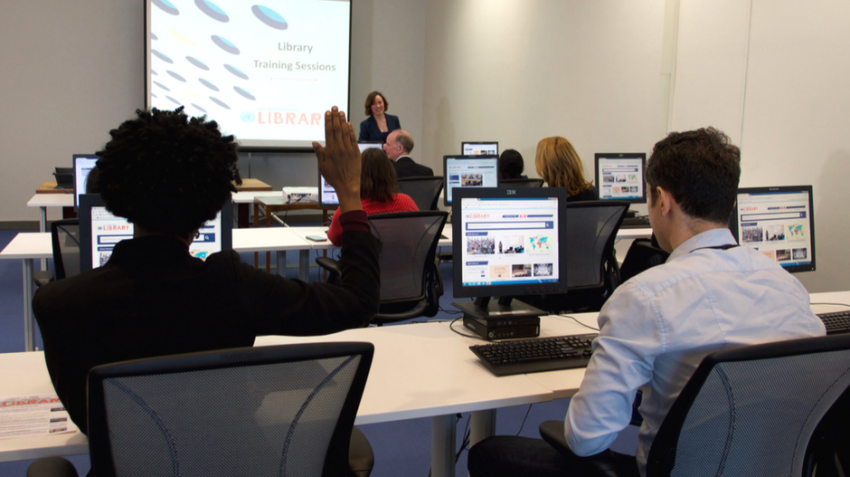Forty years have passed since the International Telecommunication Union (ITU) set up the Independent Commission for World-Wide Telecommunications Development, led by the late Sir Donald Maitland, a former UK diplomat and Permanent Representative to the United Nations.
Their seminal report, The Missing Link, called for bringing “all mankind within easy reach of a telephone by the early part of the next century”.
“It cannot be right that in the latter part of the twentieth century a minority of the human race should enjoy the benefits of the new technology while a majority live in comparative isolation.”
Clearly, ITU could no longer simply accompany the development of telecommunications through spectrum management and technical standardization.
As a UN specialized agency working toward a more equal and equitable world, we would also need to promote connectivity actively, for everyone everywhere.
ITU’s new Global Connectivity Report 2022 presents a unique and comprehensive global assessment of digital connectivity, the associated drivers and enablers, and how those have evolved over the decades.
Last-mile connectivity
Since the early 1990s, we’ve made tremendous progress in connecting humanity. The Internet is now integrated across the entire fabric of our societies.
The initial, ground-breaking minority has blossomed into the global majority, with two-thirds of humanity now engaging through the online world.
And yet, to a large extent, the link is still missing.
A full one-third of the world’s population remains totally offline, while many among the online population are not ‘meaningfully connected’ either.
This is mostly because of connectivity that is too slow, unreliable, or costly, or because they lack the digital skills needed to get the most out of devices and services.
At the same time, the ‘missing link’ has morphed to multiple digital divides:
-
across and within countries
-
between men and women
-
between youth and older people
-
between cities and rural areas
-
between those linked to fibre and those who struggle on an intermittent 3G connection
-
between the technology savvy and the newly initiated or vulnerable
Tech at the service of humanity
Universal and meaningful connectivity has become the new imperative in the UN’s Decade of Action on sustainable development.
As Sir Donald Maitland and his colleagues acknowledged back in 1982: “Telecommunication is not an end itself. Connectivity must be for the people.”




